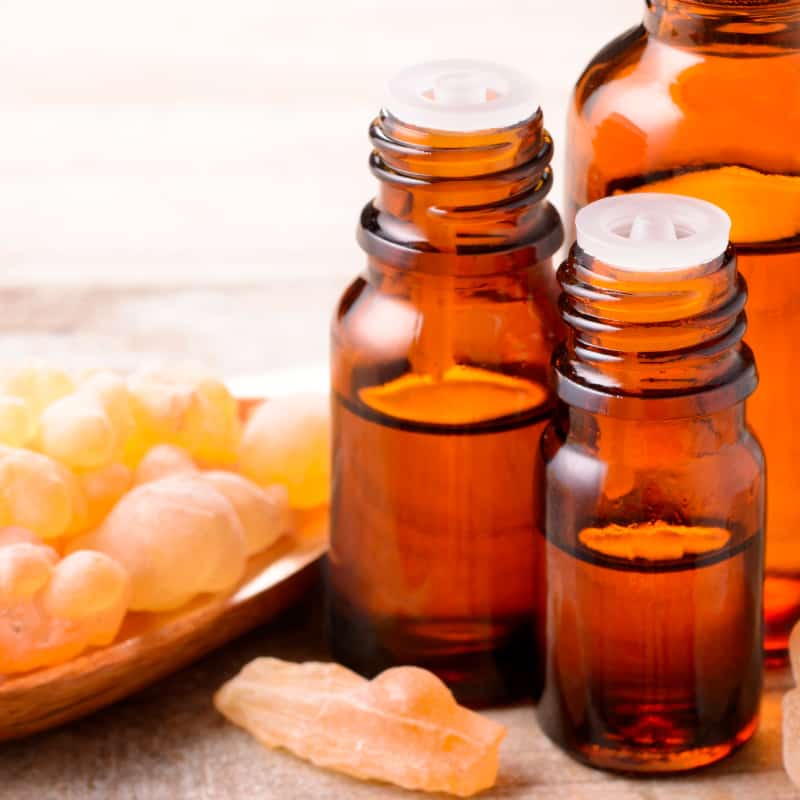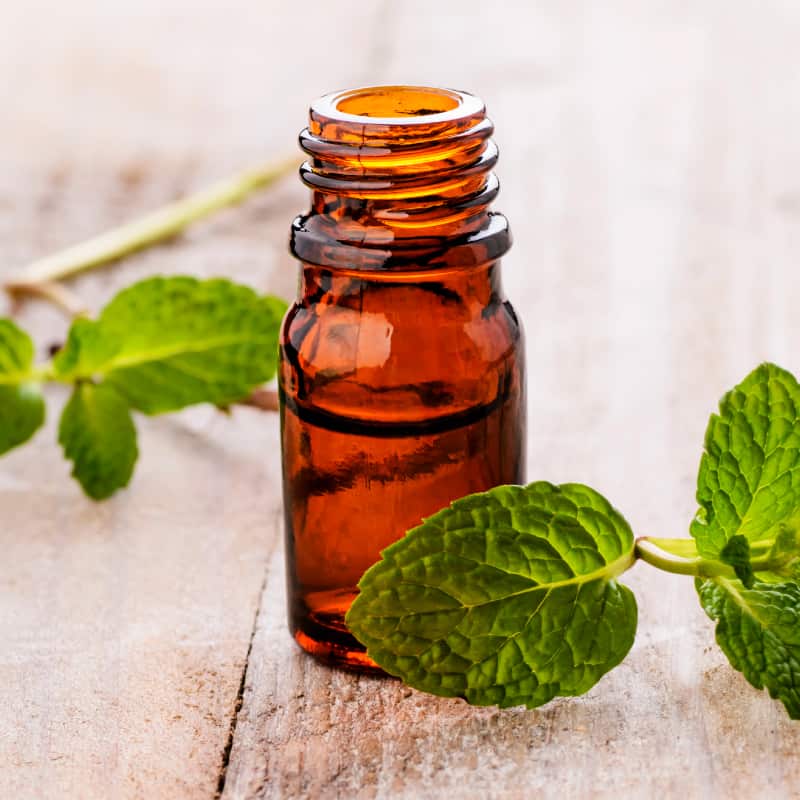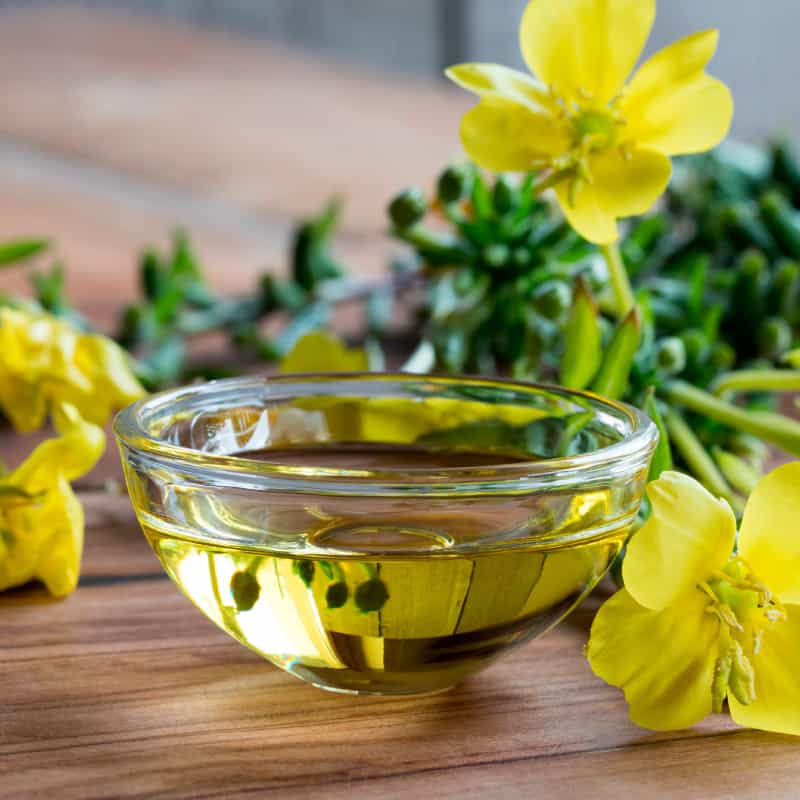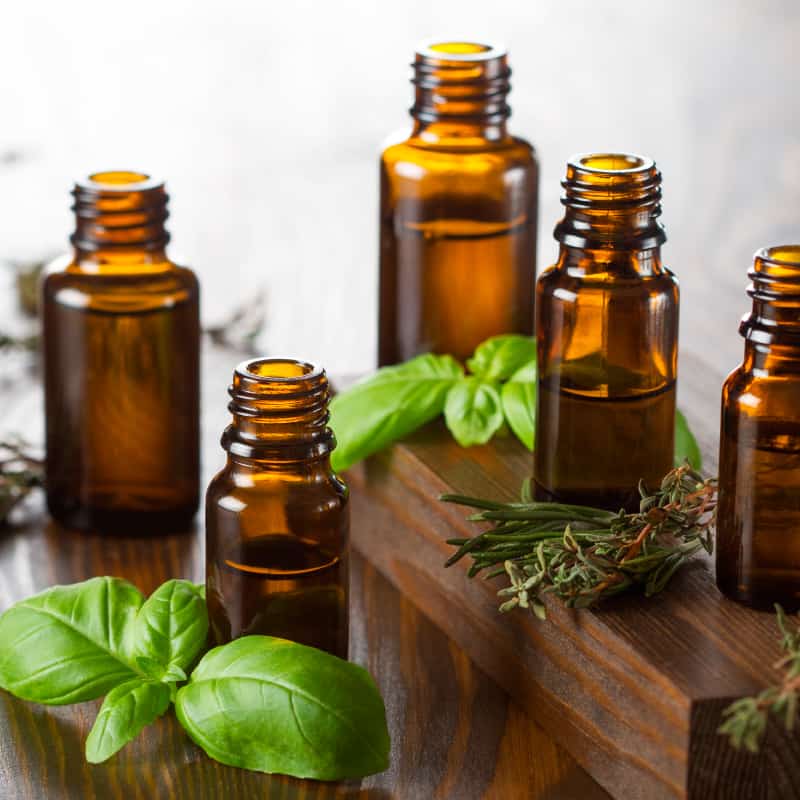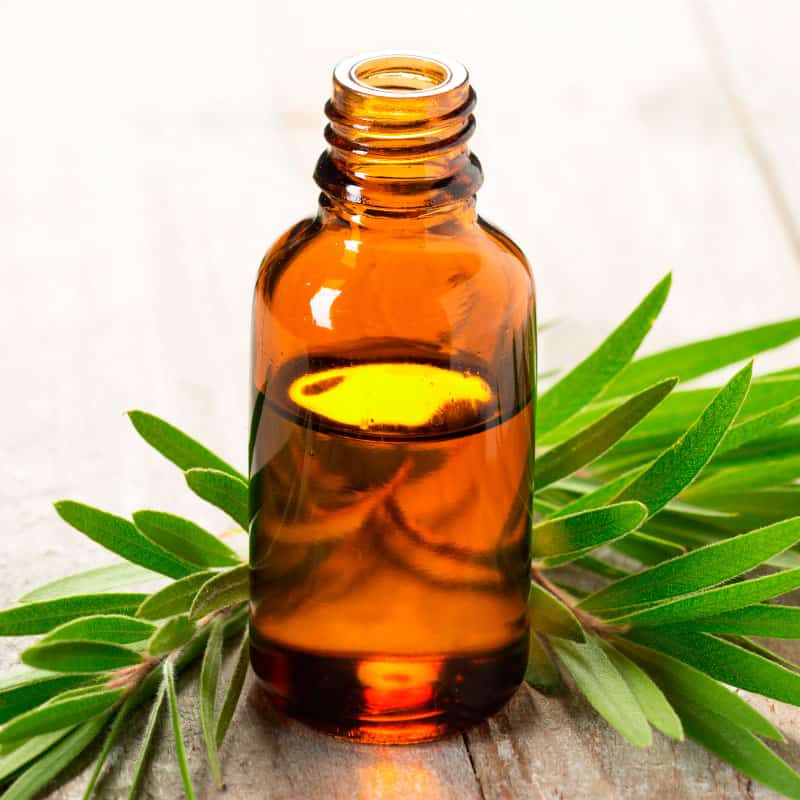This Dr. Axe content is medically reviewed or fact checked to ensure factually accurate information.
With strict editorial sourcing guidelines, we only link to academic research institutions, reputable media sites and, when research is available, medically peer-reviewed studies. Note that the numbers in parentheses (1, 2, etc.) are clickable links to these studies.
The information in our articles is NOT intended to replace a one-on-one relationship with a qualified health care professional and is not intended as medical advice.
This article is based on scientific evidence, written by experts and fact checked by our trained editorial staff. Note that the numbers in parentheses (1, 2, etc.) are clickable links to medically peer-reviewed studies.
Our team includes licensed nutritionists and dietitians, certified health education specialists, as well as certified strength and conditioning specialists, personal trainers and corrective exercise specialists. Our team aims to be not only thorough with its research, but also objective and unbiased.
The information in our articles is NOT intended to replace a one-on-one relationship with a qualified health care professional and is not intended as medical advice.
Marjoram Essential Oil Helps Improve Digestion & Heart Health
March 31, 2021
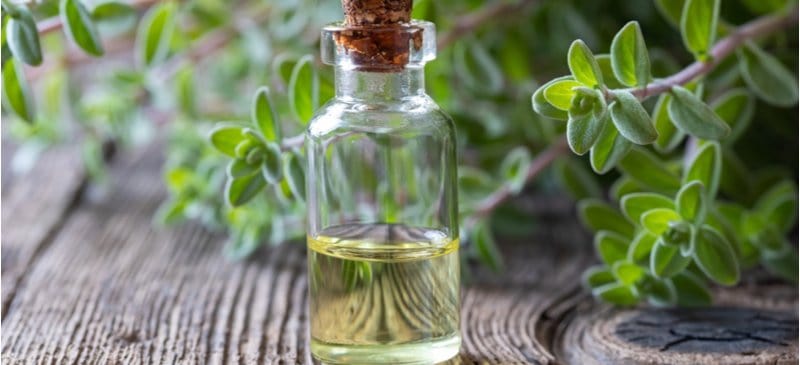
If you’re not familiar with marjoram, you likely know its close cousin — oregano. It’s an herb that has a very specific history of culinary and medicinal use, and it’s often found in marjoram essential oil form.
According to Greek mythology, Aphrodite, the goddess of love, was a huge fan of this herb, which led to it being used to make love potions. For centuries in kitchens around the world, its uses have been and continue to be wide-ranging.
Whether we’re talking about the fresh or dried version, it can be added to meat and vegetable dishes, salad dressings, and stews.
Marjoram can also be taken orally in a more concentrated medicinal form or used topically and in aromatherapy as an essential oil. The inhalation of marjoram essential oil actually has been shown to calm the nervous system and, in turn, positively impact your cardiovascular system by improving blood flow and lowering blood pressure.
It’s been used to treat coughs, runny noses, gallbladder issues, digestive problems, depression, dizziness, migraines, nervous headaches, nerve pain and paralysis as well.
Read on to see why you should use marjoram essential oil and just how this powerful herb might be able to improve your health today.
What Is Marjoram Essential Oil?
Marjoram is a perennial herb originating from the Mediterranean region and a highly concentrated source of health-promoting bioactive compounds.
The ancient Greeks called marjoram “joy of the mountain,” and they commonly used it to create wreaths and garlands for both weddings and funerals.
In ancient Egypt, it was used medicinally for healing and disinfecting. It was also used for food preservation.
During the Middle Ages, European women used the herb in nosegays (small flower bouquets, typically given as gifts). Sweet marjoram was also a popular culinary herb in Europe during the Middle Ages when it was used in cakes, puddings and porridge.
In Spain and Italy, its culinary use dates back to the 1300s. During the Renaissance (1300–1600), it was typically used to flavor eggs, rice, meat and fish. In the 16th century, it was commonly used fresh in salads.
For centuries, both marjoram and oregano have been used to make teas. Oregano is a common marjoram substitute and vice versa because of their likeness, but marjoram has a finer texture and a milder flavor profile.
What we call oregano also goes by “wild marjoram,” and what we call marjoram is commonly called “sweet marjoram.”
As for marjoram essential oil, it’s exactly what it sounds like: the oil from the herb.
Benefits
1. Digestive Aid
Including marjoram spice in you diet may help to improve your digestion. The scent of it alone can stimulate the salivary glands, which helps the primary digestion of food that takes place in your mouth.
Research shows that its compounds have gastroprotective and anti-inflammatory effects.
The herb’s extracts continue to help you digest your meals by stimulating the peristaltic movement of the intestines and encouraging elimination.
If you suffer from digestive problems like nausea, flatulence, stomach cramps, diarrhea or constipation, a cup or two of marjoram tea can help alleviate your symptoms. You can also try adding the fresh or dried herb to your next meal for digestive comfort or use marjoram essential oil in a diffuser.
2. Women’s Issues/Hormonal Balance
Marjoram is known in traditional medicine for its ability to restore hormonal balance and regulate the menstrual cycle. For women dealing with hormone imbalance, this herb may finally help you maintain normal and healthy hormone levels.
Whether you’re dealing with the unwanted monthly symptoms of PMS or menopause, this herb can provide relief for women of all ages.
It’s been shown to act as an emmenagogue, which means it can be used to help start menstruation. It’s also been used traditionally by nursing moms to promote breast milk production.
Polycystic ovarian syndrome (PCOS) and infertility (often resulting from PCOS) are other significant hormonal imbalance issues that this herb has been shown to improve.
A 2016 study published in the Journal of Human Nutrition and Dietetics evaluated the effects of marjoram tea on the hormonal profile of women with PCOS in a randomized, double-blind, placebo-controlled trial. The study’s results revealed the positive effects of the tea on the hormonal profile of PCOS women.
The tea improved insulin sensitivity and reduced the levels of adrenal androgens in these women. This is very significant since an excess of androgens is at the root of hormone imbalance for many women of reproductive age.
3. Type 2 Diabetes Management
The Centers for Disease Control and Prevention reports that one in 10 Americans has diabetes, and the number only continues to rise. The good news is that a healthy diet, along with a healthy overall lifestyle, is one of the best ways that you can prevent and manage diabetes, especially type 2.
Studies have shown that marjoram is a plant that belongs in your anti-diabetes arsenal and something you should definitely include in your diabetic diet plan.
Specifically, researchers found that commercial dried varieties of this plant, along with Mexican oregano and rosemary, act as a superior inhibitor of the enzyme known as protein tyrosine phosphatase 1B (PTP1B). In addition, greenhouse-grown marjoram, Mexican oregano and rosemary extracts were the best inhibitors of dipeptidyl peptidase IV (DPP-IV).
This is an awesome finding since the reduction or elimination of PTP1B and DPP-IV helps improve insulin signaling and tolerance. Both fresh and dried marjoram can help improve the body’s ability to properly manage blood sugar.
4. Cardiovascular Health
Marjoram can be a helpful natural remedy for people at high risk or suffering from high blood pressure symptoms and heart problems. It’s naturally high in antioxidants, making it excellent for the cardiovascular system as well as the whole body.
It’s also an effective vasodilator, which means that it can help widen and relax the blood vessels. This eases the flow of blood and reduces blood pressure.
The inhalation of marjoram essential oil has actually been shown to lower sympathetic nervous system activity and stimulate the parasympathetic nervous system, resulting in vasodilatation to reduce cardiac strain and decrease blood pressure.
An animal study published in Cardiovascular Toxicology found that sweet marjoram extract worked as an antioxidant and inhibited the production of nitric oxide and lipid peroxidation in myocardial infarcted (heart attack) rats.
By simply smelling the plant, you can decrease your fight-or-flight response (sympathetic nervous system) and increase your “rest and digest system” (parasympathetic nervous system), which lessens the strain on your entire cardiovascular system, not to mention your whole body.
5. Pain Relief
This herb can help reduce the pain that often comes with muscle tightness or muscle spasms, as well as tension headaches. Massage therapists often include the extract in their massage oil or lotion for this very reason.
A study published in Complementary Therapies in Medicine indicates that when sweet marjoram aromatherapy was used by nurses as part of patient care, it was able to reduce pain and anxiety.
Marjoram essential oil is very effective at relieving tension, and the anti-inflammatory and calming properties of it can be felt in both body and mind. For relaxation purposes, you can try diffusing it in your home and using it in your homemade massage oil or lotion recipe.
Amazing but true: Just the inhalation of marjoram can calm the nervous system and lower blood pressure.
6. Gastric Ulcer Prevention
A 2009 animal study published in the American Journal of Chinese Medicine evaluated marjoram’s ability to prevent and treat gastric ulcers. The study found that at doses of 250 and 500 milligrams per kilogram of body weight, it significantly decreased the incidence of ulcers, basal gastric secretion and acid output.
Additionally, the extract actually replenished the depleted gastric wall mucus, which is key to healing ulcer symptoms.
Marjoram not only prevented and treated ulcers, but it was also proved to have a large margin of safety. The aerial (above ground) parts of marjoram were also shown to contain volatile oils, flavonoids, tannins, sterols and/or triterpenes.
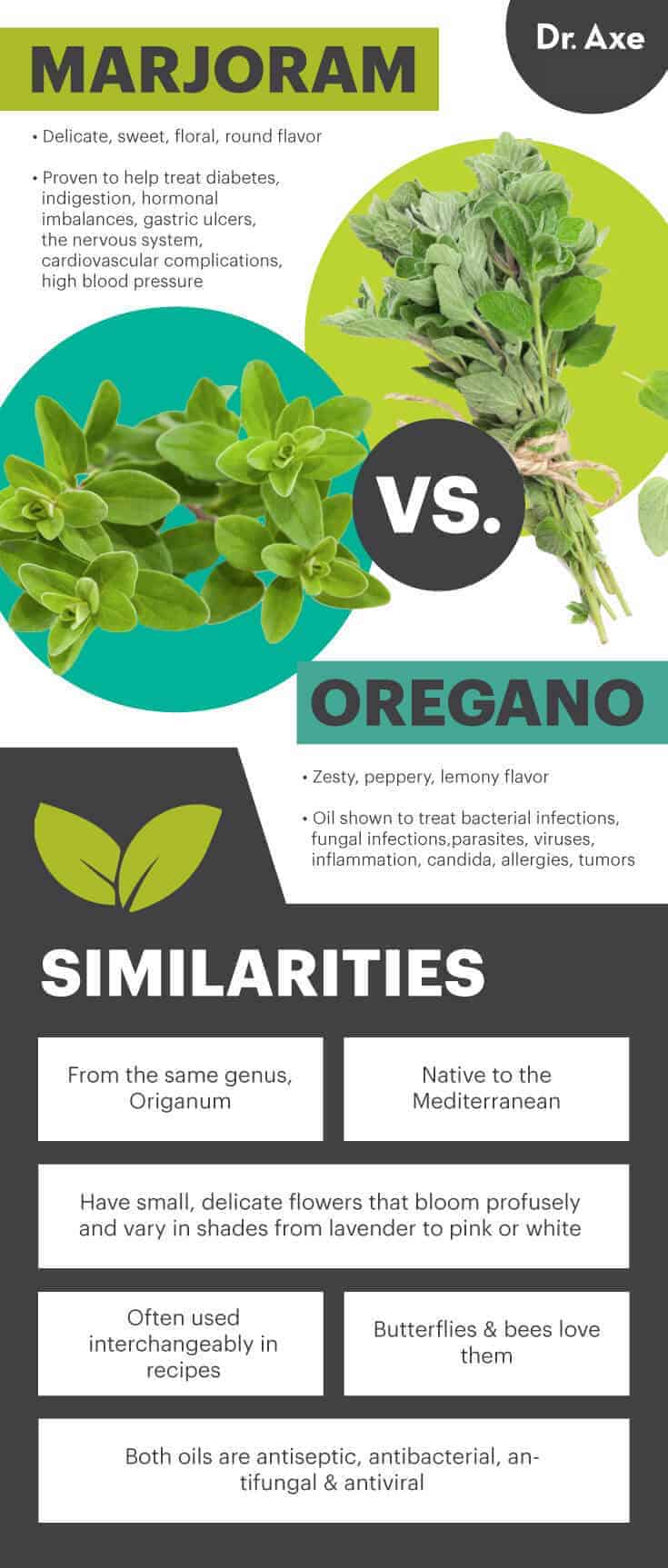
Nutrition
Marjoram (Origanum majorana) is a perennial herb that comes from the leaves of the plant that belong to the genus Origanum, which is a member of the mint family.
One tablespoon of dried marjoram contains about:
- 4 calories
- 0.9 gram carbohydrates
- 0.2 gram protein
- 0.1 gram fat
- 0.6 gram fiber
- 9.3 micrograms vitamin K (12 percent DV)
- 1.2 milligrams iron (7 percent DV)
- 0.1 milligram manganese (4 percent DV)
- 29.9 milligrams calcium (3 percent DV)
- 121 international units vitamin A (2 percent DV)
Dried marjoram is pretty impressive, but the fresh version typically has even higher levels of vitamins and minerals.
Risks and Side Effects
The aromatic leaves are safe in common food amounts and likely safe for the majority of adults when taken by mouth in medicinal amounts for short amounts of time.
When used long term in a medicinal fashion, marjoram is possibly unsafe and may cause adverse side effects. There is some evidence that it could cause cancer if used for too long.
Applying fresh marjoram to your skin or eyes is not recommended since it may cause irritation.
If you’re pregnant or breast-feeding, it’s best to stick to marjoram in food amounts. Children should also only have it in food amounts.
If you have an allergy to oregano, basil, lavender, mint or any other member of the Lamiacea plant family, then you might also be allergic to marjoram.
If you have any ongoing health concerns, including but not limited to the following, then you should check with your doctor before using medicinal amounts of this plant:
- Bleeding disorders
- Diabetes
- Gastrointestinal or urinary tract obstructions
- Lung conditions such as asthma
- Ulcers
- Slow heart rate (bradycardia)
- Seizures
You should also stop using it medicinally at least two weeks prior to any type of surgery.
How to Add to Diet
Medicinally speaking, marjoram can be purchased and taken as a supplement in the form of a capsule, liquid tincture or tea.
The flowers and leaves are used fresh and dried in all kinds of culinary delights, and the herb often used as a spice. Some of the more common foods that it pairs well with include:
- fish
- beef
- veal
- lamb
- turkey
- chicken
- green vegetables
- carrots
- cauliflower
- eggs
- mushrooms
- tomatoes
This plant also lends a healthy and tasty boost to salad dressings, stews, soups and marinades. It can be infused into vinegars and oils, as well, and it pairs well with oregano, thyme and other earthy spices.
If you’re considering growing the plant yourself, it’s a great idea. Not only is it relatively easy to grow and maintain, but it also attracts honey bees and bee pollen and helps the quality of your garden overall.
When the plant is grown near stinging nettle, the aromatic oil is said to be even stronger.
Want to try a protein-rich breakfast idea that includes this herb? This Turkey Breakfast Sausage Recipe is not just super flavorful and healthy, but it also keeps your energy up until it’s time for lunch.
Marjoram is a must for this recipe, not just for the flavor factor, but more importantly for the awesome health benefits.
Conclusion
- Marjoram is a Mediterranean plant that can be used in place of or in similar fashion as oregano.
- Like oregano, it adds a great deal of health benefits in addition to flavor when used in cooking. It can be purchased and used as a dry or fresh herb. It’s also available in supplement and tea forms, as well as marjoram essential oil.
- Studies have shown that marjoram can provide health benefits for people suffering from hormonal imbalances, diabetes, ulcers and digestive complaints.
- The use of marjoram essential oil in aromatherapy has shown that it’s beneficial to the nervous system as well as the cardiovascular system, making it great natural remedy for stress, pain, nervous tension, anxiety, muscle strain, high blood pressure as well as heart issues.





